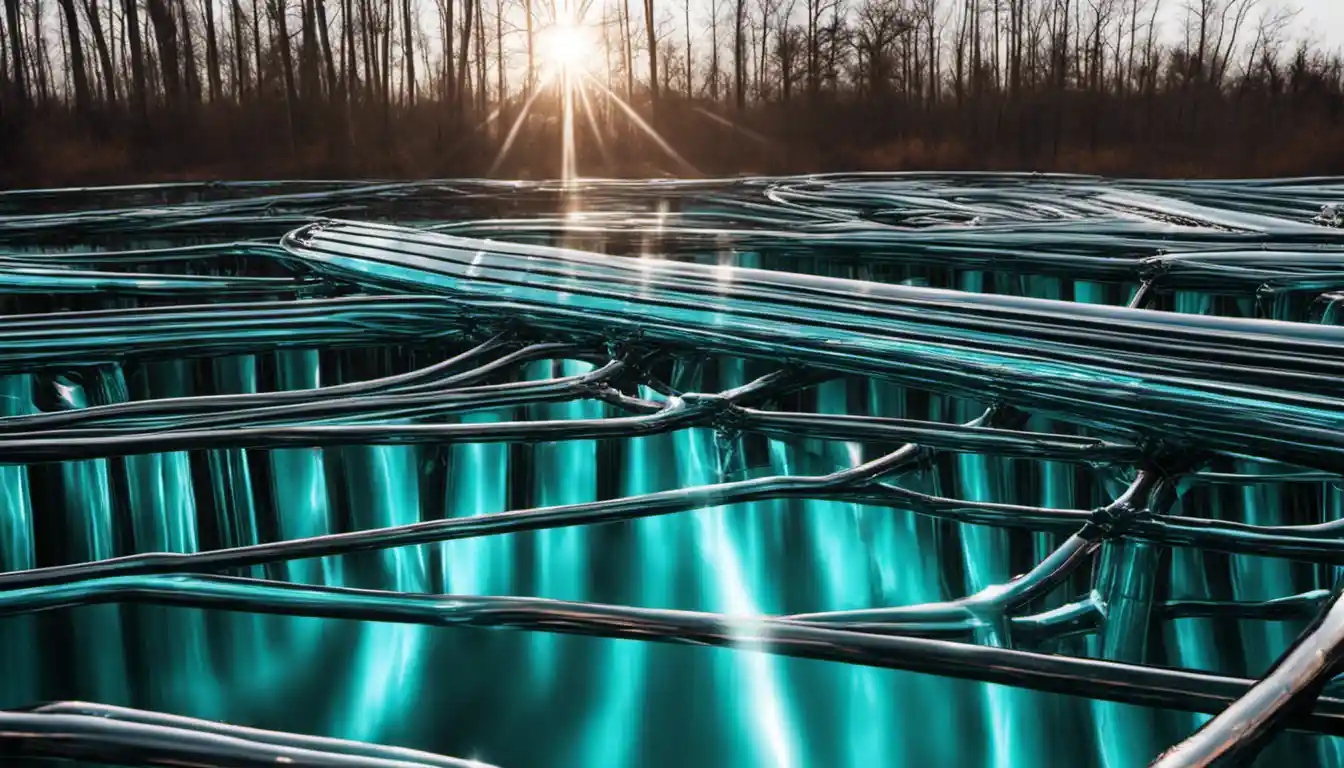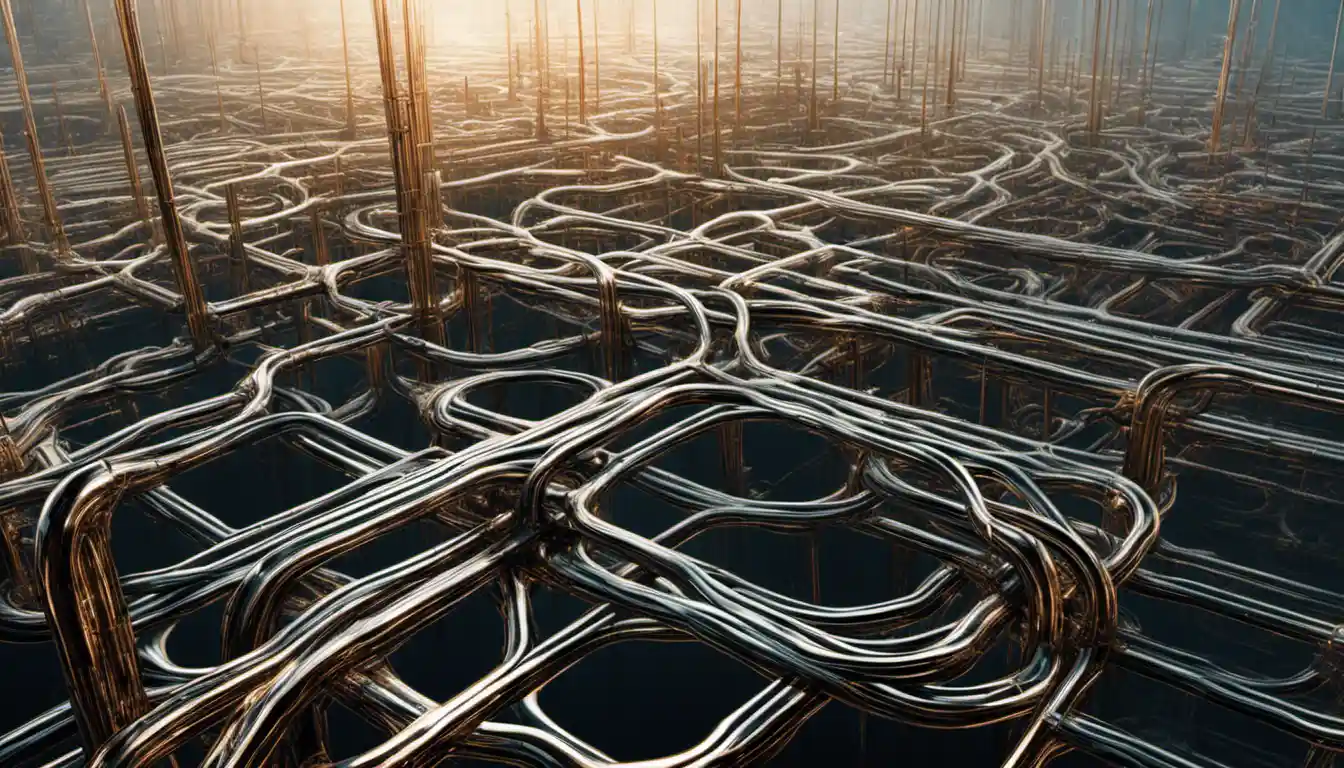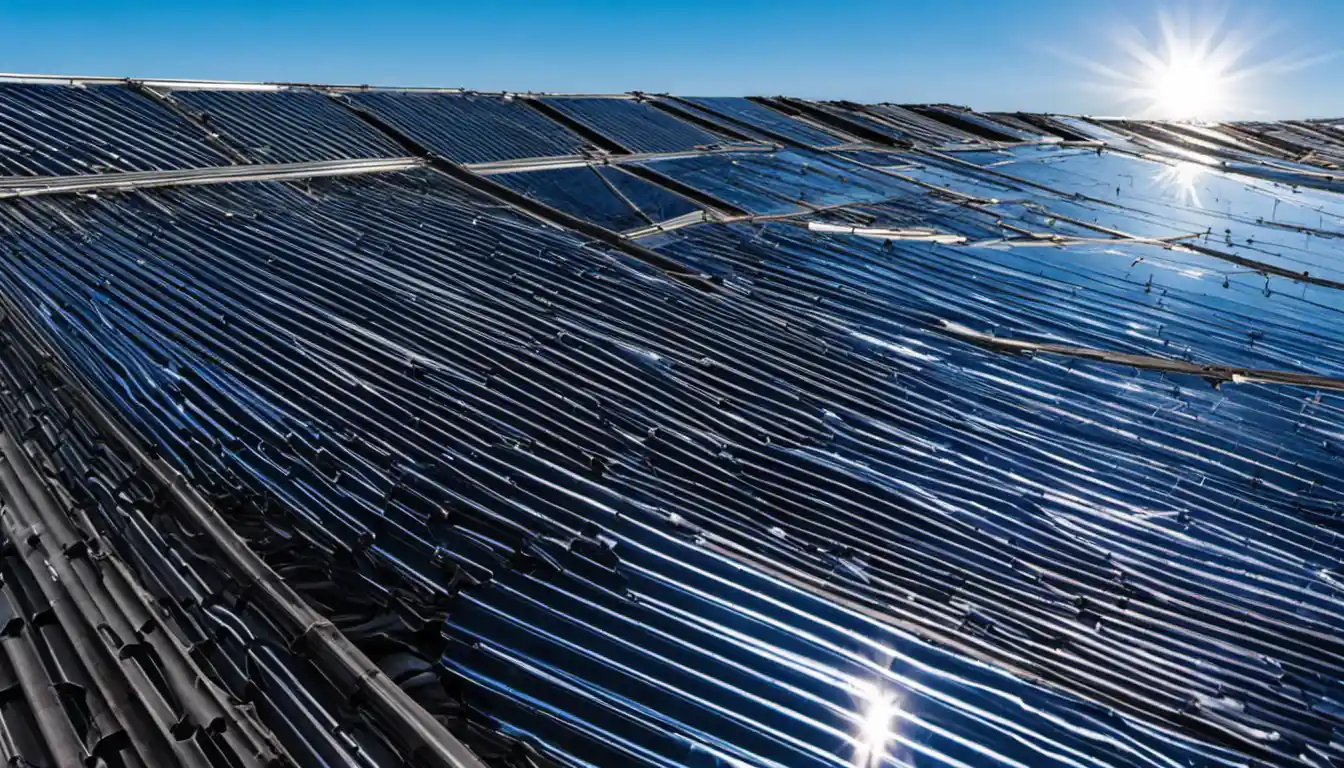Introduction to Solar Water Heaters
Solar water heaters work by absorbing sunlight through solar collectors (either flat-plate or evacuated-tube) and converting it into heat. This heat is then transferred to a fluid in the collector, which is pumped into a heat exchanger in the water tank, thereby heating the water. The hot water is then stored in the tank until it’s ready to be used.
What is a Solar Water Heater?
Let’s imagine you’re out on a blistering hot summer day. You decide to enjoy a refreshing dive into a sparkling swimming pool. You hit the water expecting a chill, and instead, you’re welcomed by a comfortable, warm embrace; courtesy of what? A solar water heater.
So, what exactly is a solar water heater? It’s a system that uses the sun’s radiant energy, transforming it into a hot, soothing shower or a warm dip in the swimming pool. It’s an ingenious application of the old phrase, “making hay while the sun shines.”
See also: Does Solar Water Heater Work in Winter? A Comprehensive Guide
Types of Solar Water Heaters
As I look back over my two decades spent in the world of solar energy, I recall the different types of solar water heaters I’ve worked with. Broadly classified, these are split into two: active and passive systems. And within these, we get further subcategories, each designed to optimise the sun’s energy depending on specific requirements and climatic conditions.
See also: Does Solar Water Heater Works in Rainy Season? Unveiling the Truth
Working Mechanism of Solar Water Heaters
See also: Does Solar Water Heater Need Electricity? Your Comprehensive Guide to Solar Energy Usage
How Does a Solar Water Heater Work
If you’ve ever left your hose out on a hot summer’s day and then got a steaming spray of water when you turned the tap, you’ve seen the basic principle of how a solar water heater works. But there’s a lot more science to the process.
See also: How to Turn Off Solar Water Heater: Step-by-Step Guide for Safe Procedure
The Role of the Sun’s Thermal Energy
Picture this scenario: you’re on a beach vacation, and you’ve decided to take a leisurely walk on the sandy shores in the mid-afternoon. Why does the sand become so hot? That’s the sun’s thermal energy at work, heating up the grains of sand. Similarly, solar water heaters harness this thermal energy to heat water.
See also: What is Freeze Protection in a Solar Water Heating System? A Comprehensive Guide
The Function of the Fluid in the Solar Collectors
As the sun’s rays bombard the solar collector, they transfer their thermal energy to the fluid within the collector. This fluid could be the water for domestic use or a heat-transfer fluid.
See also: How Does a Thermosiphon Solar Water Heater Work? Your Ultimate Guide to Renewable Energy!
The Heat Transfer Process to the Water
This heated fluid is then pumped to a heat exchanger located in a water storage tank. As our heat-transfer fluid circulates through the heat exchanger, it transfers its heat to the colder water in the tank, effectively warming it.
Non-Freezing Fluid’s Role and Its Cycle

Now, if you’re wondering, “What about the winters? Wouldn’t the fluid freeze then?” That’s where a non-freezing, heat-transfer fluid comes in. In colder months, these fluids are used in the collectors, which, after being heated, transfer their heat to the water, and then they’re recirculated for reheating.
Sequencing of Solar Water Heating System Operation
Initial Activation and Stages
When the system starts up for the first time or after a long break, the circulation pump activates once the collector’s temperature rises above the water temperature in the bottom of the tank. This pump pushes the fluid through the collector and then through the heat exchanger to the tank.
Temperature Regulation
Solar water heaters are smarter than you think. An integrated electronic controller senses when the sun’s energy is sufficient to heat water. It then activates the circulation pumps. Once the desired temperature is achieved, the controller pauses the pumps, halting the transfer of heat to the water.
Automatic Shutoff
Similarly, when the sun goes down or if the sunlight is not optimal, the controller identifies this and switches off the pump, preventing any unnecessary energy consumption. You may be wondering how well a solar water heater works during the night, and the answer is in its ingenious design and the wonders of heat retention.
Detailed Exploration of Solar Water Heating Systems
Components of a Solar Water Heating System
Solar Collectors: Design and Role
Picture the solar collectors as the heart of your solar water heating system. These are the primary components that capture and absorb the sun’s rays. They come in different designs to cater to varying needs. For instance, flat-plate collectors have a larger surface area for absorbing sunlight, making them ideal for larger households.
Transfer Fluid: Types and Characteristics

Think of this as the blood in our bodies, which transports oxygen from our lungs to our cells. This fluid—either water or a non-freezing, heat-transfer fluid—transports the heat from the collector to the heat exchanger in the tank.
Heat Exchanger in the Storage Tank: Function and Significance
The heat exchanger is the brain of the solar water heating system. It transfers the captured solar energy from the transfer fluid to the water in the tank, ready for use. It optimizes the transfer of heat, ensuring that you have a supply of hot water at your disposal.
Advantages of Solar Water Heating Systems
Solar water heaters offer multiple benefits: saving on energy costs, reducing dependence on fossil fuels, and contributing to a healthier planet. By understanding what solar water heating is and how it works, these benefits become crystal clear.
Working Principle of Solar Water Heaters
The Concept of Solar Energy
If you’ve ever wondered, “how does a solar water heater work,” you need to start by understanding the concept of solar energy. The sun is a massive, burning sphere of gas, giving off heat and light.
Solar panels, deployed in solar water heaters, capture this energy, turning it into either electrical energy (in the case of photovoltaic solar panels) or into thermal energy (as in the case of solar water heating systems).
How Solar Panels Heat Water
Mechanism of Solar Panels
Solar panels, otherwise known as solar collectors, house multiple layers of conductive materials. When sunlight strikes these, it excites the electrons, creating a flow of heat.
Importance of Solar Panels in Water Heating
When we delve into how solar panels heat water, we realize that it is this thermal energy generated by solar collectors that forms the foundation of a solar water heater.
Thermodynamics Principles in Solar Water Heating

The working principle of a solar water heater relies heavily on thermodynamics’ basic concept: heat flows from an area of high temperature to one of lower temperature. Here, this principle manifests itself as heat flow from the hot solar collector to the colder water in the storage tank.
Influence of Climate on Efficiency and Functioning
Considerations for Freezing Climates
In freezing climates, the risk of water freezing in the collectors can lead to damage. Therefore, systems with non-freezing heat-transfer fluids are used.
Systems for Non-Freezing Climates
In warmer, non-freezing climates, direct circulation systems are common, where water is directly heated in the solar collectors.
Conclusion: The Future of Solar Water Heaters
Technological Innovations and Advancements
Over my 20 years of working in the solar energy field, I’ve seen enormous advancements. From efficiency improvements in solar collector designs to smart controllers managing system operations, solar water heaters are increasingly becoming a viable alternative to traditional water heating methods.
Potential Cost Savings and Return on Investment
Though the initial investment may seem steep, with the long-term reduction in energy bills, the return on investment is significant, making the prospect of solar water heating more enticing for homeowners.
Environmental Considerations and Impacts
In our efforts to reduce carbon footprints and transition to sustainable living, solar water heaters show immense promise. By understanding how solar water heaters work, we become part of this eco-friendly solution—one hot shower at a time.
As we bid adieu, remember, embracing solar water heaters isn’t just about cutting costs, it’s about being a responsible global citizen. The sun is always up there, generously offering its energy. It’s up to us to make the most of it.



